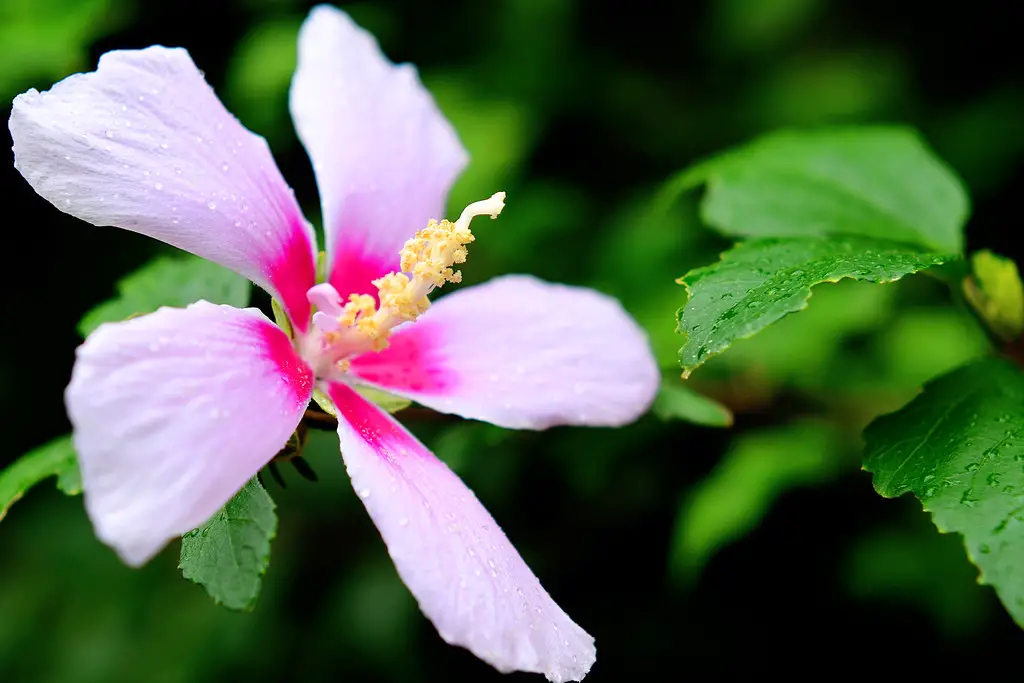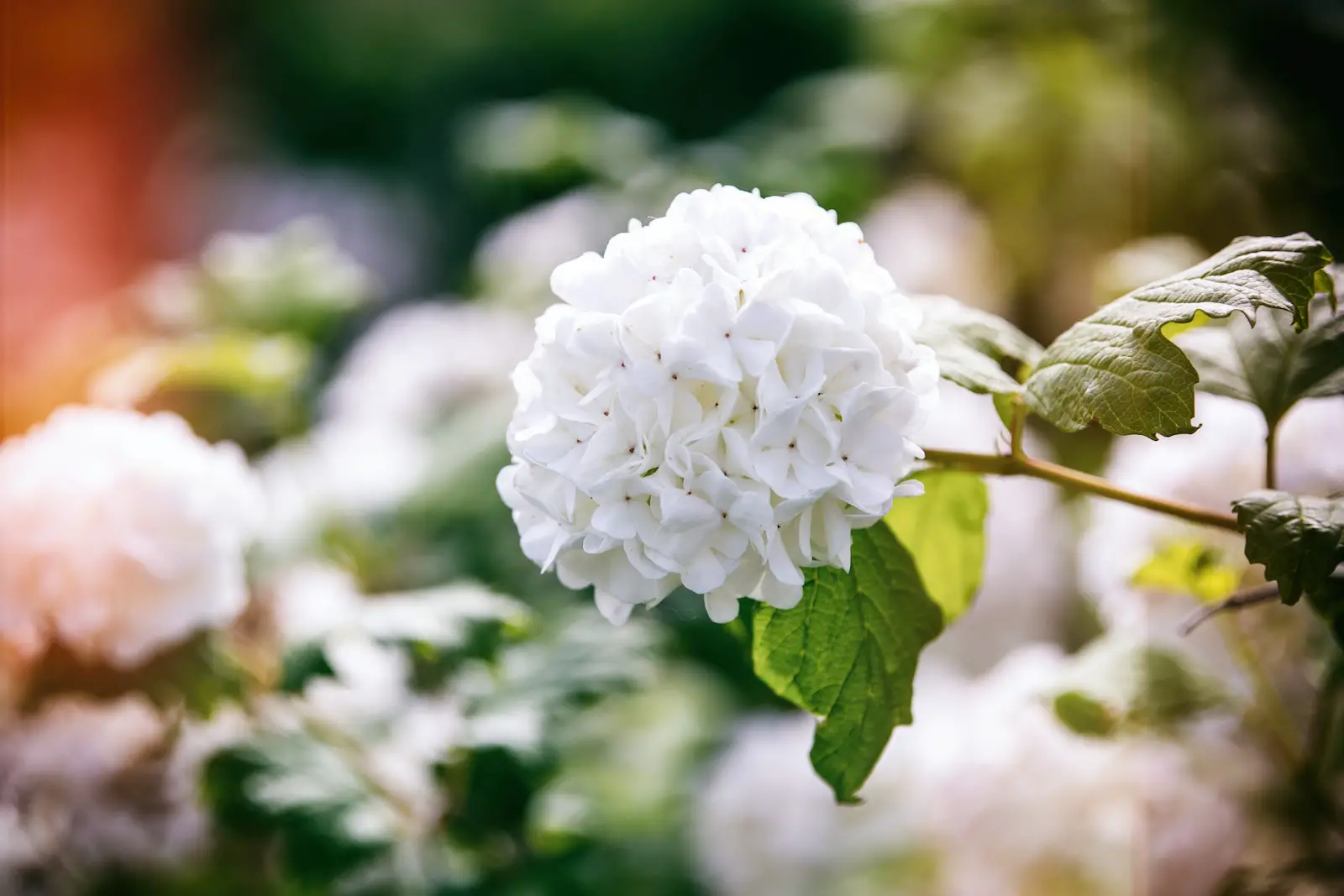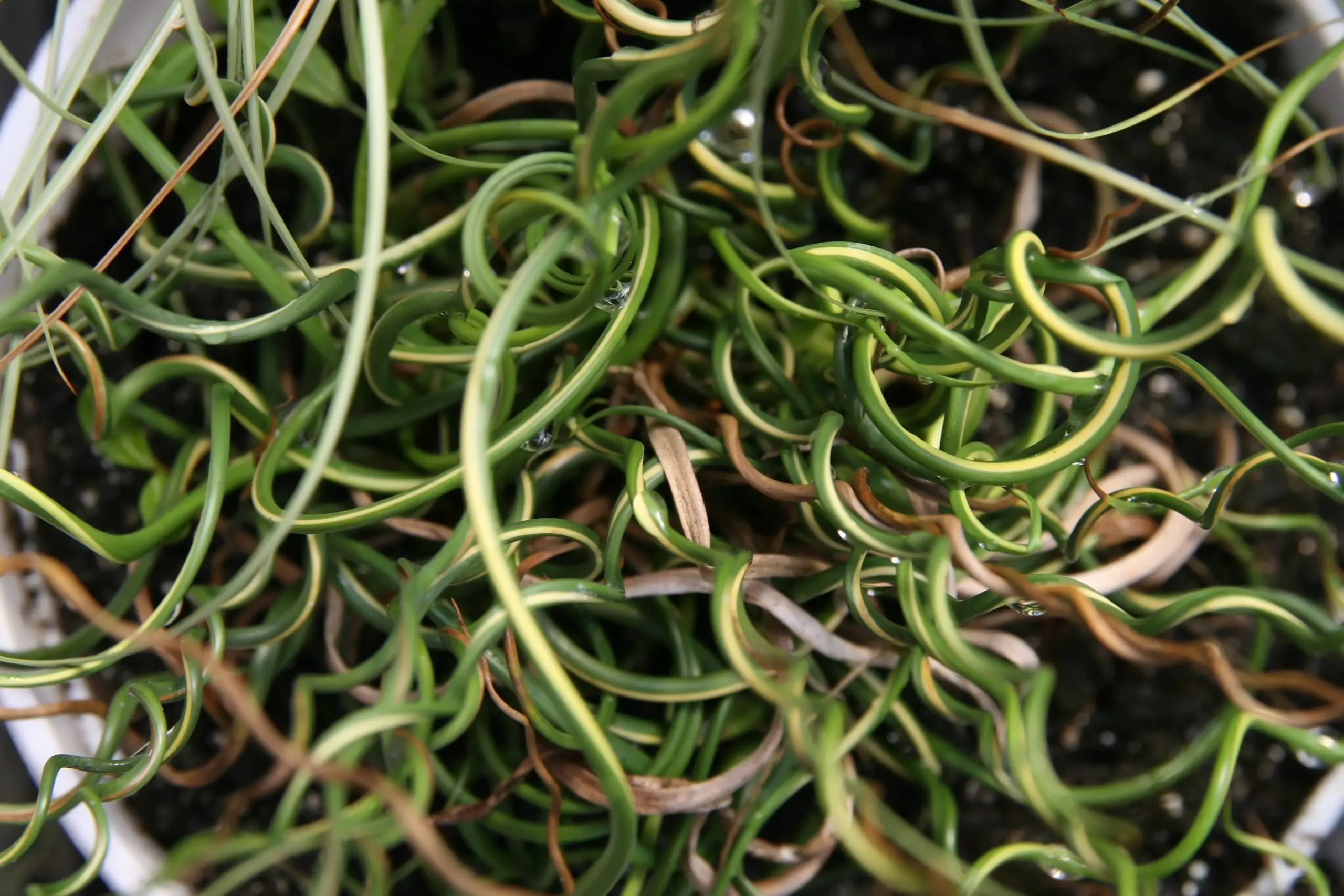The Red Osier Dogwood, known for its bright red stems in winter, is a deciduous shrub that brings color to gardens and landscapes, especially during the colder months. These shrubs can grow in a variety of climates and are highly adaptable, thriving in different soil types and light conditions.
Native to North America, the Red Osier Dogwood adds texture and interest to a variety of garden styles. Often found along riverbanks and wetlands, this plant is also commonly used in restoration projects due to its ability to stabilize soil. The vibrant red color of the stems becomes more pronounced during the winter, providing a stark contrast to the snowy or gray landscapes.
The Red Osier Dogwood is not only prized for its appearance but also for its beneficial impact on local ecosystems. It provides shelter and food for birds and pollinators, and its roots help prevent soil erosion. The following comprehensive guide will explore the details and care of this fascinating plant.
| Aspect | Details |
|---|---|
| Common Names | Red Osier Dogwood, Red Twig Dogwood, Red Stem Dogwood |
| Botanical Name | Cornus sericea |
| Family | Cornaceae |
| Plant Type | Deciduous Shrub |
| Mature Size | 6-9 feet tall and wide |
| Sun Exposure | Full sun to partial shade |
| Soil Type | Adaptable; prefers moist, well-drained soil |
| Hardiness Zones | 2-7 |
| Native Area | North America |
Red Osier Dogwood Care
Caring for Red Osier Dogwood is relatively straightforward. Its adaptability makes it suitable for various garden conditions, and it’s considered a low-maintenance plant. It’s best grown in moist, well-drained soil and responds well to regular pruning to enhance its vivid stem color.
Proper placement with the right sun exposure ensures optimal growth and stem coloration. Though it tolerates some drought, consistent watering, especially during dry periods, will keep the shrub thriving. Regular inspection for pests and diseases will help maintain its overall health.
Light Requirement for Red Osier Dogwood
Red Osier Dogwood prefers full sun to partial shade. More sun often enhances the red coloration of the stems. Planting it in an area where it can receive at least six hours of direct sunlight will yield the best results.
Soil Requirements for Red Osier Dogwood
This shrub is adaptable to various soil types but prefers moist, well-drained soil. Planting in a location near water or providing regular watering will simulate its natural habitat, enhancing its growth.
Water Requirements for Red Osier Dogwood
Red Osier Dogwood enjoys moist conditions and thrives near water sources like rivers or ponds. In dry climates, it requires regular watering, especially during the first few years after planting, to establish a robust root system.
Temperature and Humidity
Red Osier Dogwood can withstand cold temperatures and is hardy in zones 2-7. It also tolerates humid conditions and can grow in various climates across its hardiness range.
Fertilizer
Generally, Red Osier Dogwood doesn’t require much fertilization. However, applying a balanced fertilizer in the early spring can support growth, especially in poor soil conditions.
Pruning Red Osier Dogwood
Regular pruning helps maintain the bright red stem color. Cutting back the shrub every two to three years during late winter or early spring promotes new growth with more vivid color.
Propagating Red Osier Dogwood
Red Osier Dogwood can be propagated through stem cuttings or root divisions. Taking cuttings during the dormant season and planting them in a mixture of sand and peat moss is a common method.
How To Grow Red Osier Dogwood From Seed
Growing from seed is possible but may require stratification. Plant seeds in a well-draining soil mix and place them in a cold frame or refrigerator for 3-4 months before sowing outdoors.
Common Pests & Plant Diseases
Aphids
Small insects that can be controlled with insecticidal soap.
Powdery Mildew
A fungal disease that appears as a white powder and can be treated with fungicides.
Common Problems With Red Osier Dogwood
Yellowing Leaves
Usually due to overwatering. Ensure proper soil drainage.
Weak Stem Color
May indicate insufficient sunlight. Plant in an area with full sun for best color.
Poor Growth
Could be related to soil conditions or improper watering. Adjust as needed.
Pro Tips
- Plant in full sun to enhance red stem color.
- Prune regularly to encourage vibrant new growth.
- Place near water sources or keep soil consistently moist.
- Monitor for common pests and treat as needed.
- Consider the native habitat when choosing a planting location.


